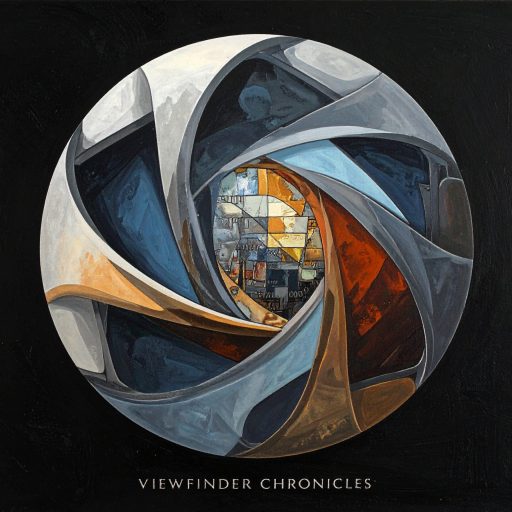
It has taken me a few weeks, to fully articulate the profound feelings stirred within me by Gregory Halpern’s latest magnificent monograph, King, Queen, Knave, published by MACK. I had caught glimpses of some of these photographs online before I got the book, and certain images, even then, embedded themselves in my very retina, searing an impression onto my mind with an almost permanent force. Like Chris Killip’s poignant photograph of Simon being taken to sea, these rare images become indelible residents in what I affectionately call my ‘memory museum’. It is a deeply personal space, inexplicable in its curation, where the images feel less like things I chose and more like profound revelations that chose me, shaking something loose in my psychological register, eliciting a visceral connection that few other images manage. They are fragments of the human condition, feeling as natural as lived experiences, or perhaps, as vivid as lucid dreams, haunting me long after the viewing.
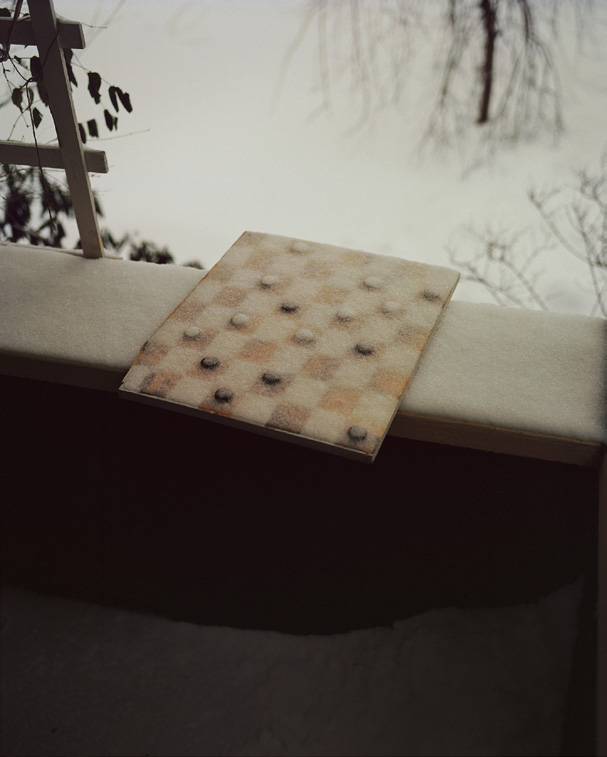
Halpern’s two decades long dedication to photographing his hometown, Buffalo, New York, shines through in this book. It is a testament to his sensitive engagement with both people and place, defying any simplistic narrative of post-industrial decline. What appears instead is an idiosyncratic, almost enigmatic vision of a city steeped in its own contradictions, verging on the surreal. This blend of realism with an otherworldly strain truly captures my imagination, inviting me to piece together meanings, to actively take part in the unfolding narrative. The exhibition of Halpern’s practice, as Phil Taylor from The George Eastman Museum notes, makes everyday reality both volatile and marvellous.
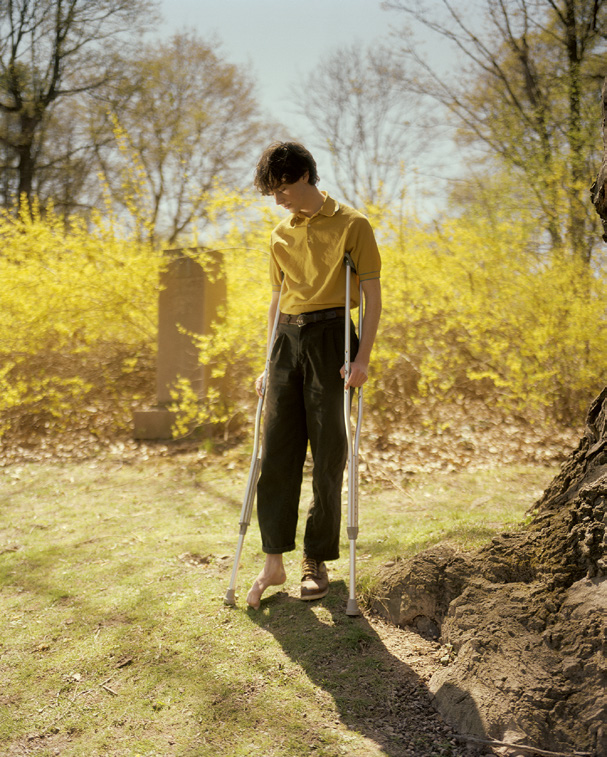
A prime example of this captivating blend is an image from the book that has truly stayed with me, the young man on crutches in the graveyard. He is held upright, his delicate, unshod foot limply scratching a hole in the earth, poised like a decommissioned ballerina. Dressed in clothes from a bygone era, perhaps the 1970s, he stands against a graveyard backdrop that is subtly out of focus, imbued with a dreamlike quality from the minute imperfections of an old lens. For me, this image speaks of profound vulnerability and unwavering resilience. It carries a cinematic weight, like a missing still frame from a forgotten film, its melancholic yellow glow imbuing it with a haunting, almost supernatural resonance. This photograph, more than any other, epitomises Halpern’s masterful ability to elevate the ordinary to the profound, creating emotionally charged narratives that resonate deep within the soul with even the colour scheme on point, polo short matching the yellow of the leaves and the trousers matching the brown of the earth.
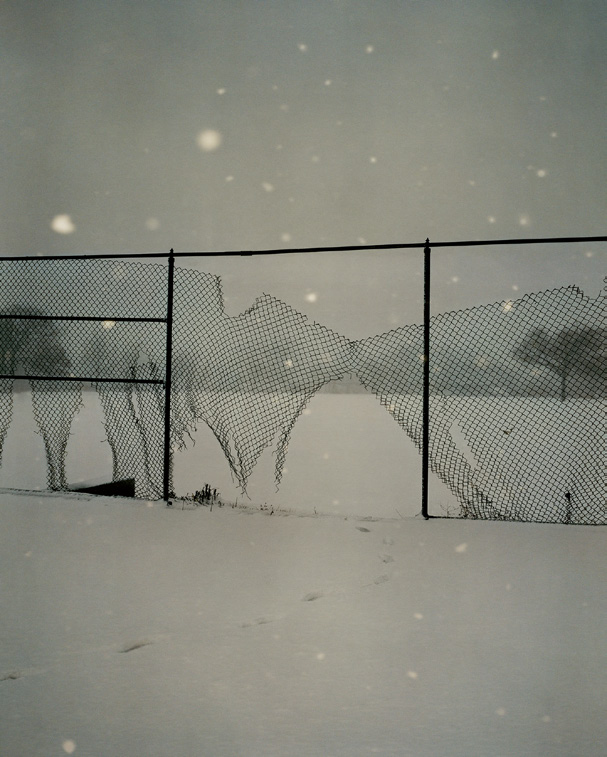
Halpern’s journey through Buffalo, initially conceived as ’19 Winters / 7 Springs’, beautifully captures the relentless cycles of life and seasons. While the initial images evoke the harshness of Buffalo’s notorious winters, with its frozen homes and swaying ice castles, the book expands to embrace the feverish vibrancy of summer, creating a powerful rhythm of light and dark, hope and despair, mirroring the ebb and flow of human experience. This visceral sense of place, with its stark contrasts, truly appeals to me, much like the bracing, unforgiving winters we often experience in the North East of Scotland here in Aberdeen, which lend our own landscape a unique character.
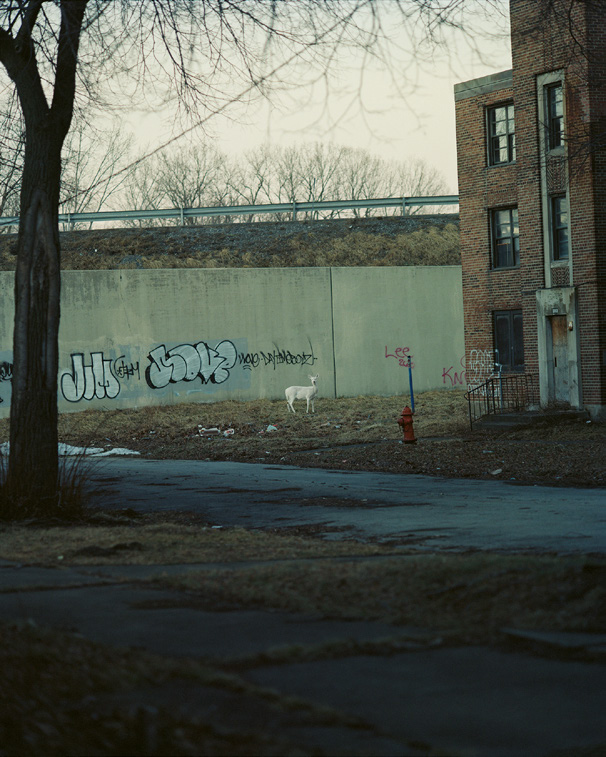
A thread that weaves itself through this mesmerising sequence, almost like a spirit animal guiding our journey, is the recurring motif of the white deer. She appears early on, standing in a snowy urban setting, her pale form stark against the gritty or natural backdrop, creating a surreal, mythic presence. This deer, named April, a local celebrity even, embodies transition and duality, a miraculous anomaly in the field of vision. Her appearances, along with other “spirit animals” like the owl, enhance the supernatural quality of the work, pulling us further into a world that exists in a thin state between the natural and the spiritual. These phantasmagorical elements are not meant to be pinned down, their elusive nature is part of their profound power, allowing us to leave our hand in the dream.
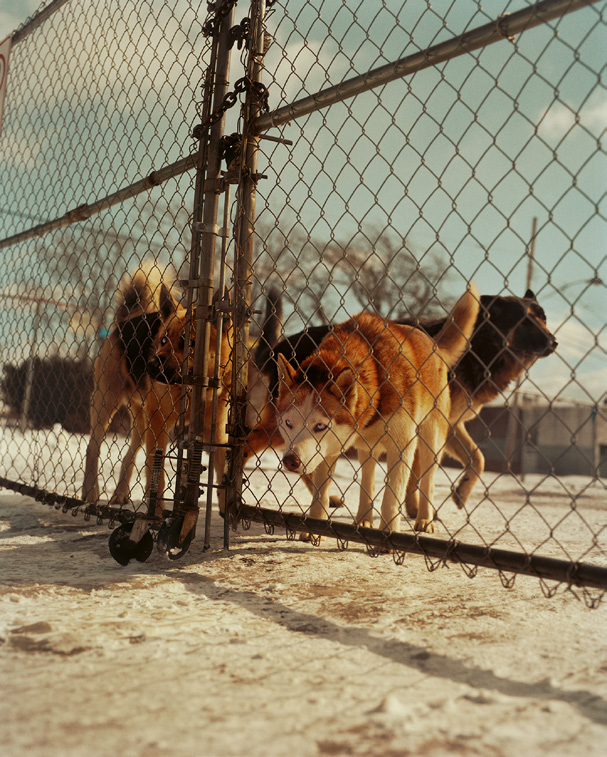
The book itself, a testament to MACK’s presentation, is a tactile experience. The deep, warm dark blue book, contrasted with purple, sets a mood of quiet introspection before you even turn a page. The tipped in cover image is a stroke of pure genius. At first glance, it appears as astrophotography, a cosmic galaxy, only to reveal upon closer inspection the mundane reality of a painted office ceiling. This masterful deception, as Halpern himself notes, acts as a “gateway,” designed to intrigue and compel the reader to become an active participant, to take his extended hand and journey with him. This tension between the extraordinary and the everyday, the cosmic and the ordinary, encapsulates the book’s themes of reversal and ambiguity, challenging our perception of truth in photography.
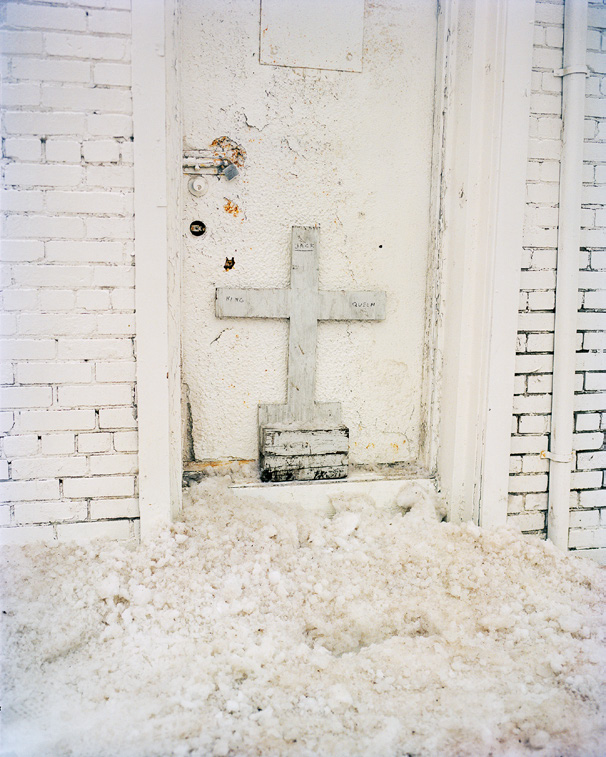
Halpern’s profound appreciation for the intricacies of process is clear in his long term commitment to this project, and his mastery of recurring motifs is truly captivating. Images of fire, from encampments to smouldering buildings, create a continuous visual echo. The subtle appearance of board games, a snow covered checkerboard, then later dominoes and dice, speaks to chance and narrative, even hinting at darker symbolism in their abstract forms. This meticulous sequencing and rhythm, the way “minor” images offer pauses before more grandiose photographs, makes the book feel like a carefully choreographed cinematic experience, where winter constantly undergirds the narrative, even in warmer months.
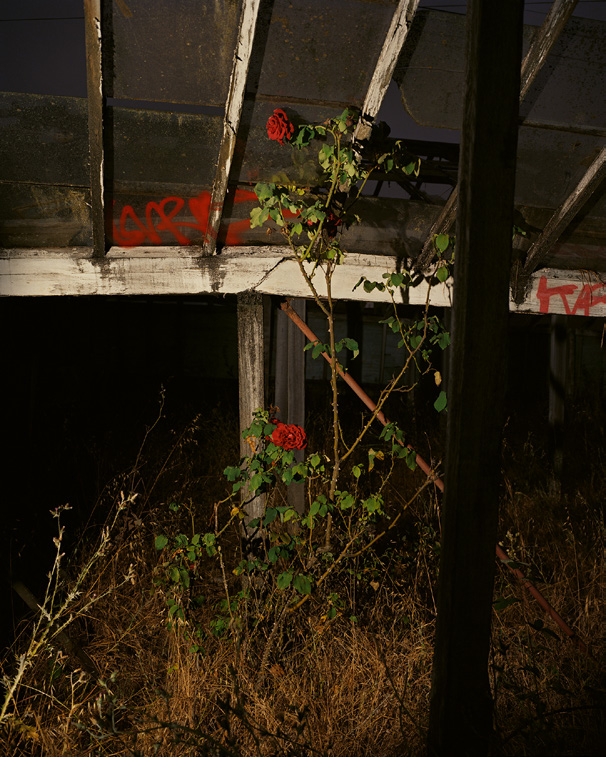
The title, King, Queen, Knave, resonates with the appearance of the many characters in Halpern’s striking portraits, suggesting they take on roles in a grand, abstract game. It also delves into deeper philosophical waters, hinting at the idea that “all of these forms of being are there inside of us,” and questioning whether a photograph can ever truly be a person’s essence. This uncertainty, this profound question of identity, is at the very heart of the book. Halpern’s work, imbued with influences from Chris Killip’s documentation of de-industrialisation and Milton Rogovin’s long term engagement with Buffalo’s working class, continues a “photography from below” ethos, highlighting those often overlooked by society. Yet, he infuses this documentary tradition with an ‘eerie strangeness’ reminiscent of Charles Burchfield’s mystical landscapes, where the supernatural is subtly woven into the fabric of everyday life.
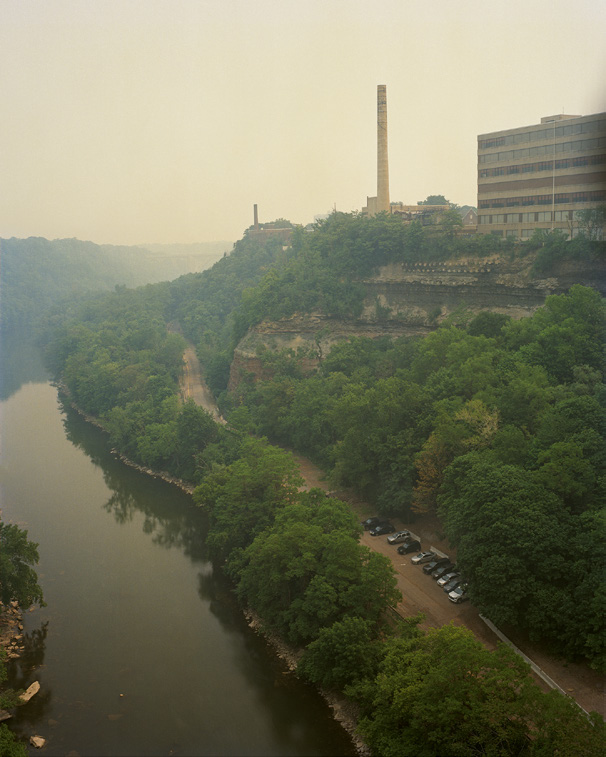
For me, this book transcends straightforward documentation, offering a blend of realism and surrealism that creates a compelling, dreamlike narrative, appealing directly to my appreciation for art that challenges and engages the imagination. The atmospheric and emotional depth, particularly its depiction of Buffalo’s cycles, creates a visceral sense of place that mirrors our own experiences of the tensions of human existence. If you are interested in nuanced explorations of place, if you are drawn to art with mythic or cinematic undertones, if you appreciate meticulous craftsmanship and a profoundly authentic voice, then King, Queen, Knave is a book that demands your attention. It is a book to ‘read’ as much as to view, perfect for those who appreciate being active participants in interpreting art. It is, without reservation, Gregory Halpern’s finest book to date, an extraordinary journey that offers a rare glimpse into the complex, beautiful life of a city, seen through a lens that seeks out its deepest truths and most enchanting mysteries. This is a book that will make its own place in your memory museum.
Regards
Alex
